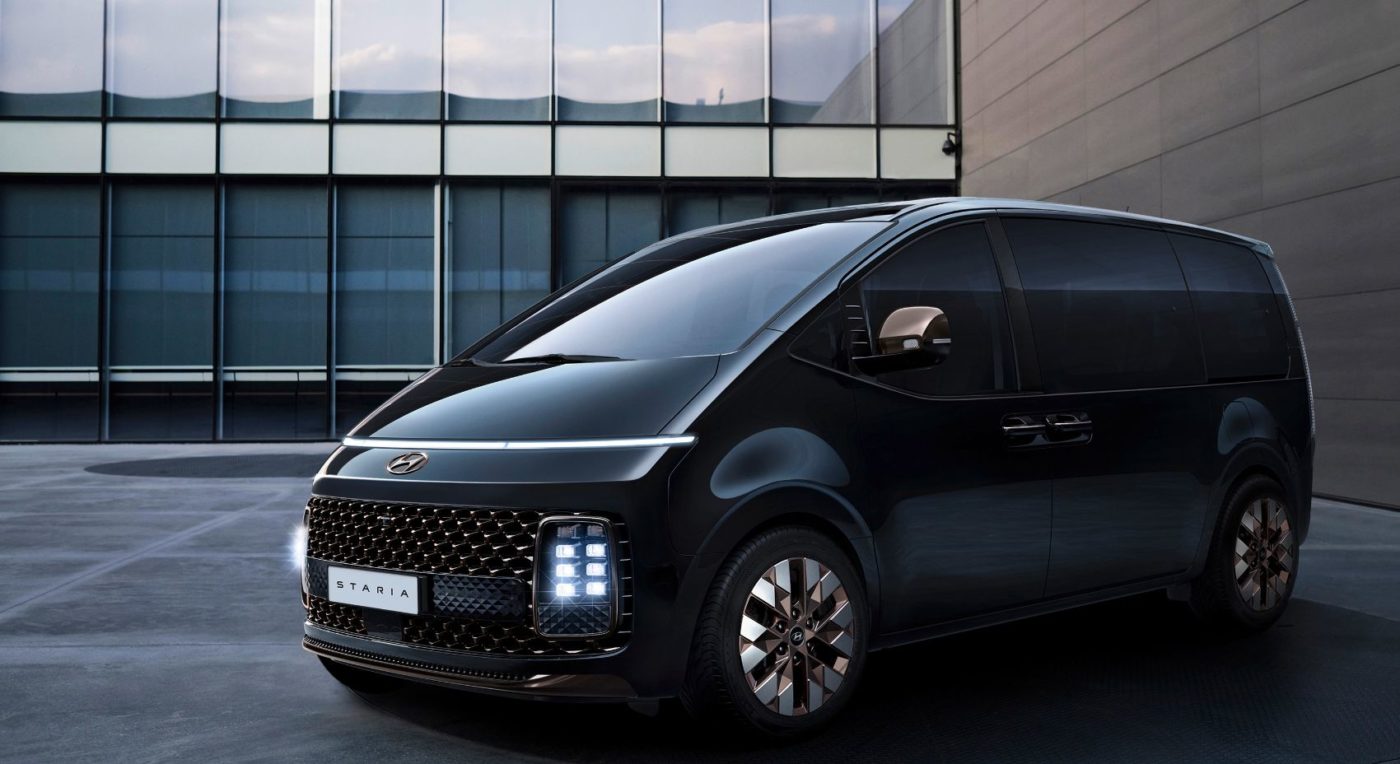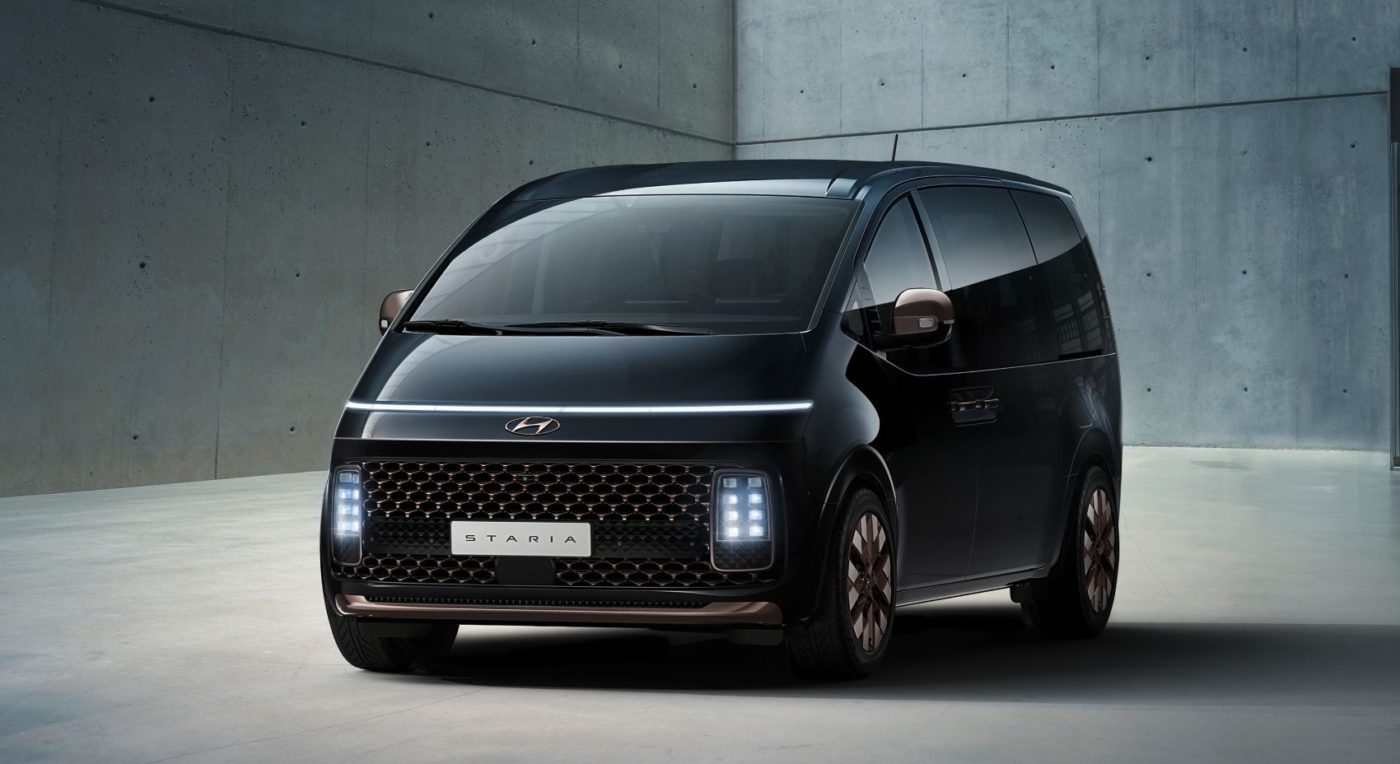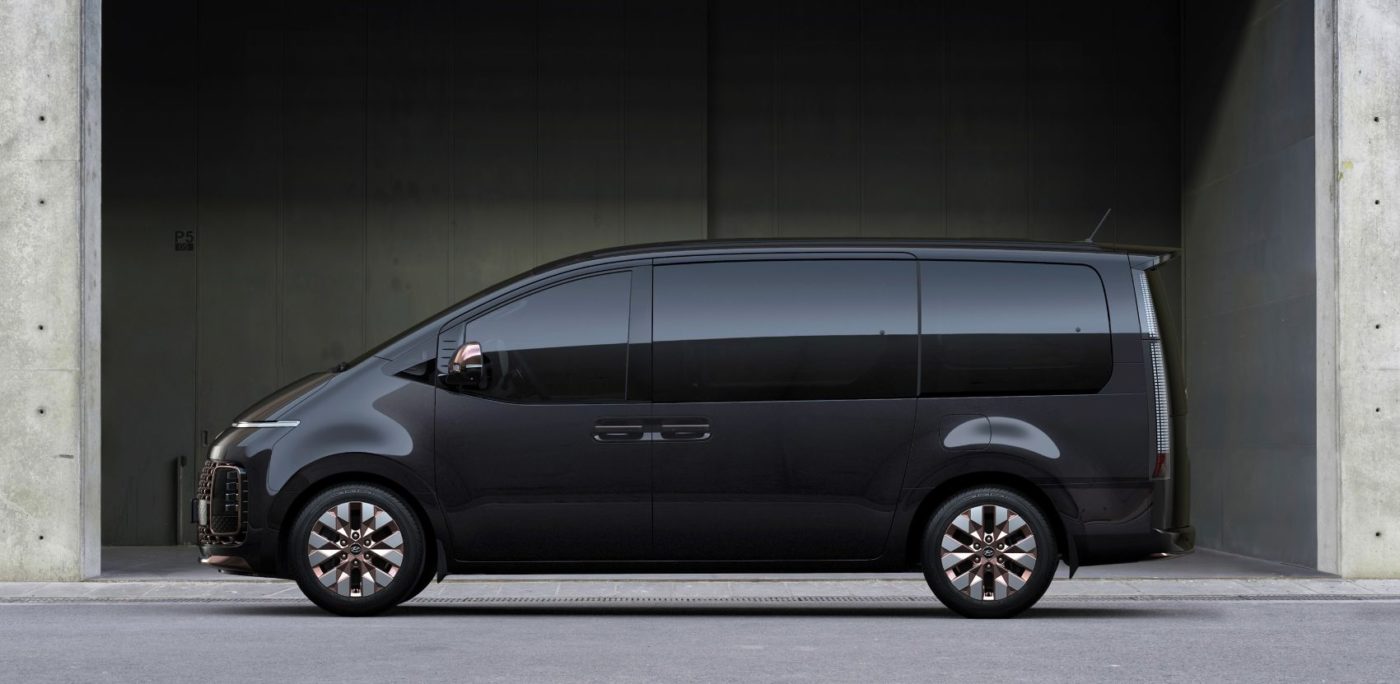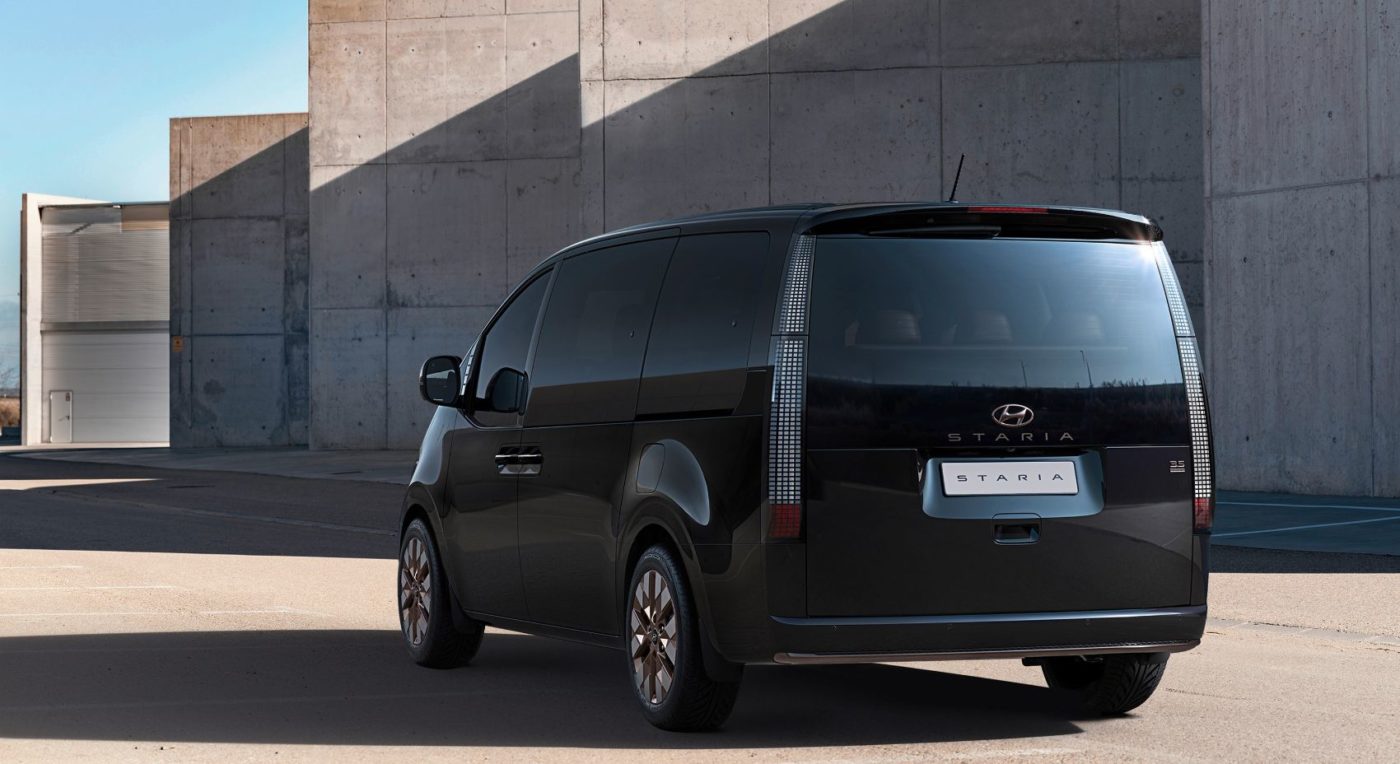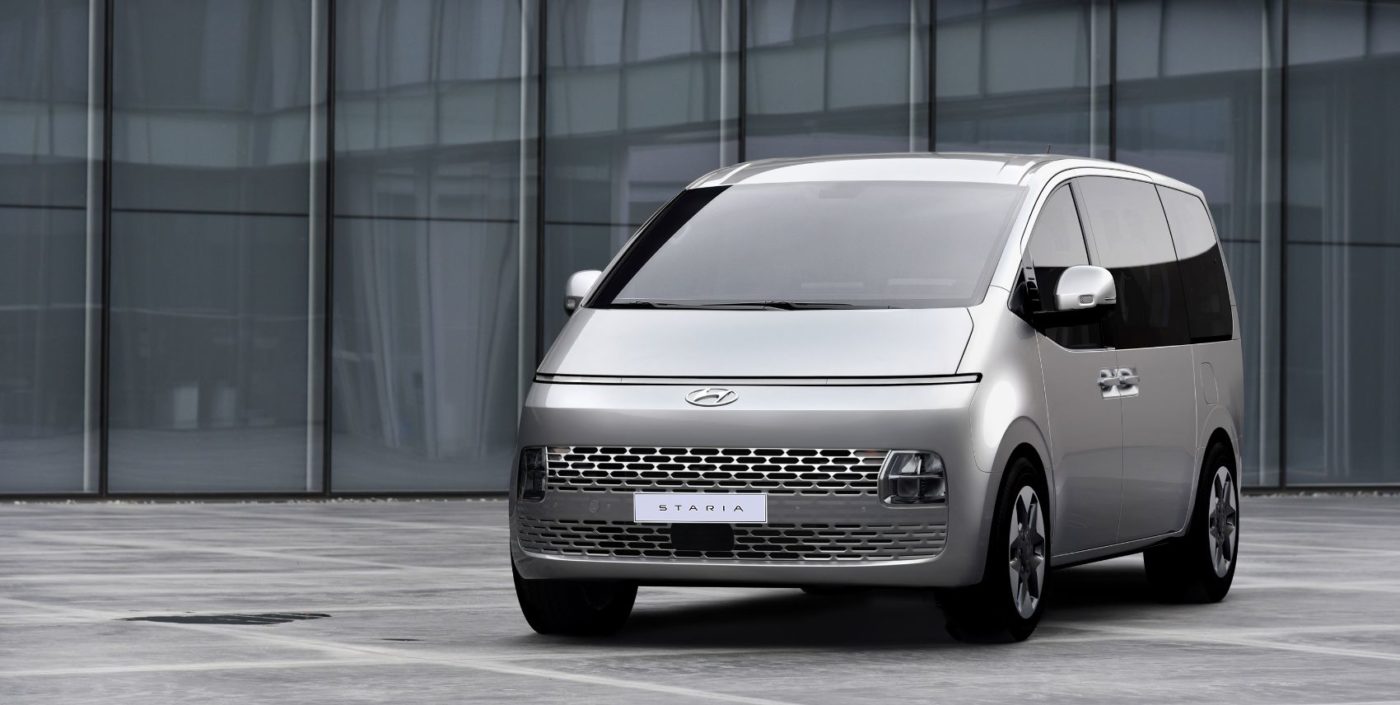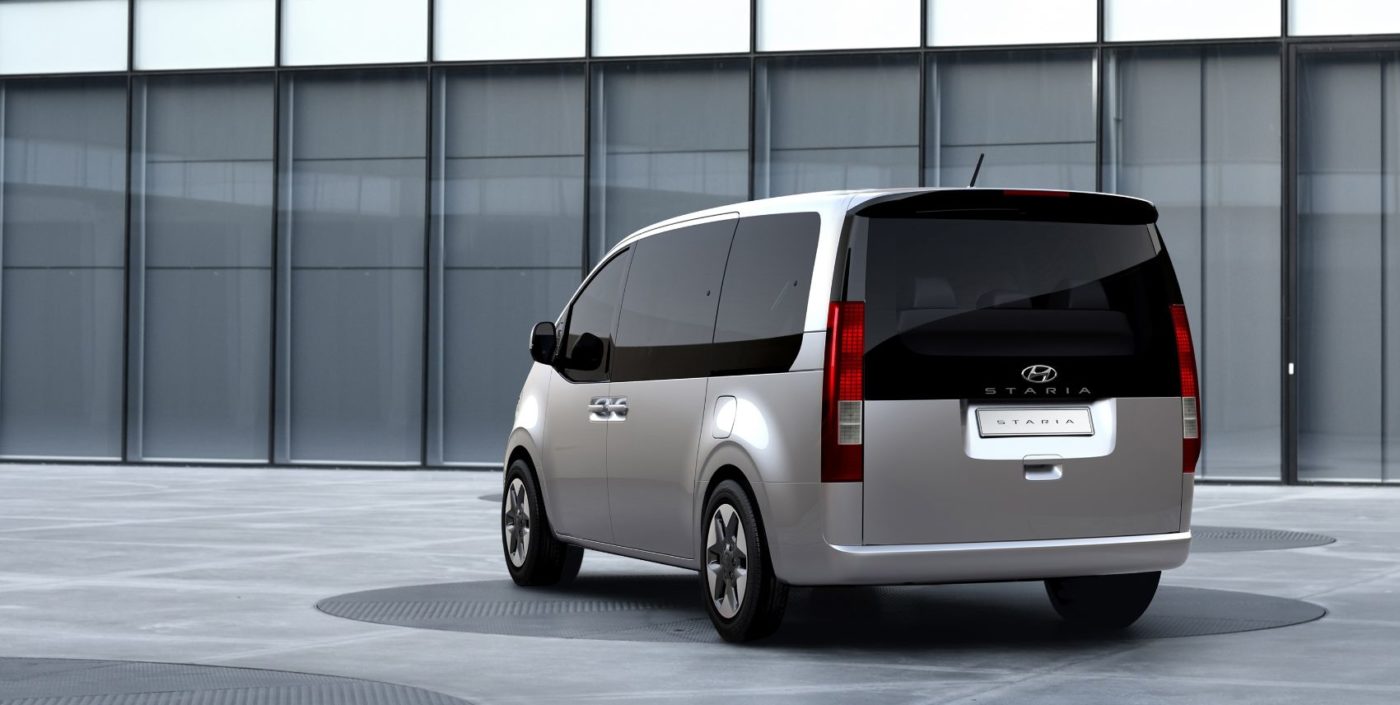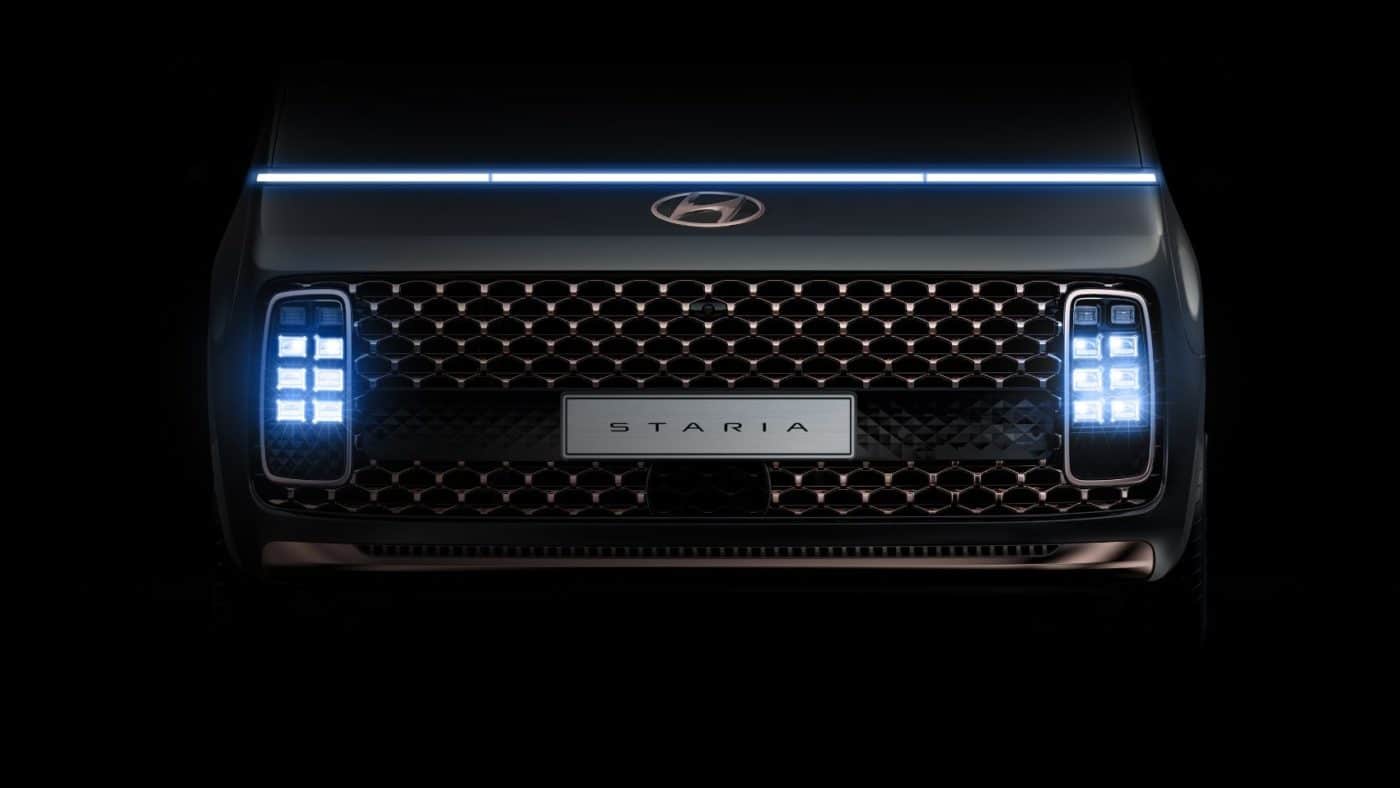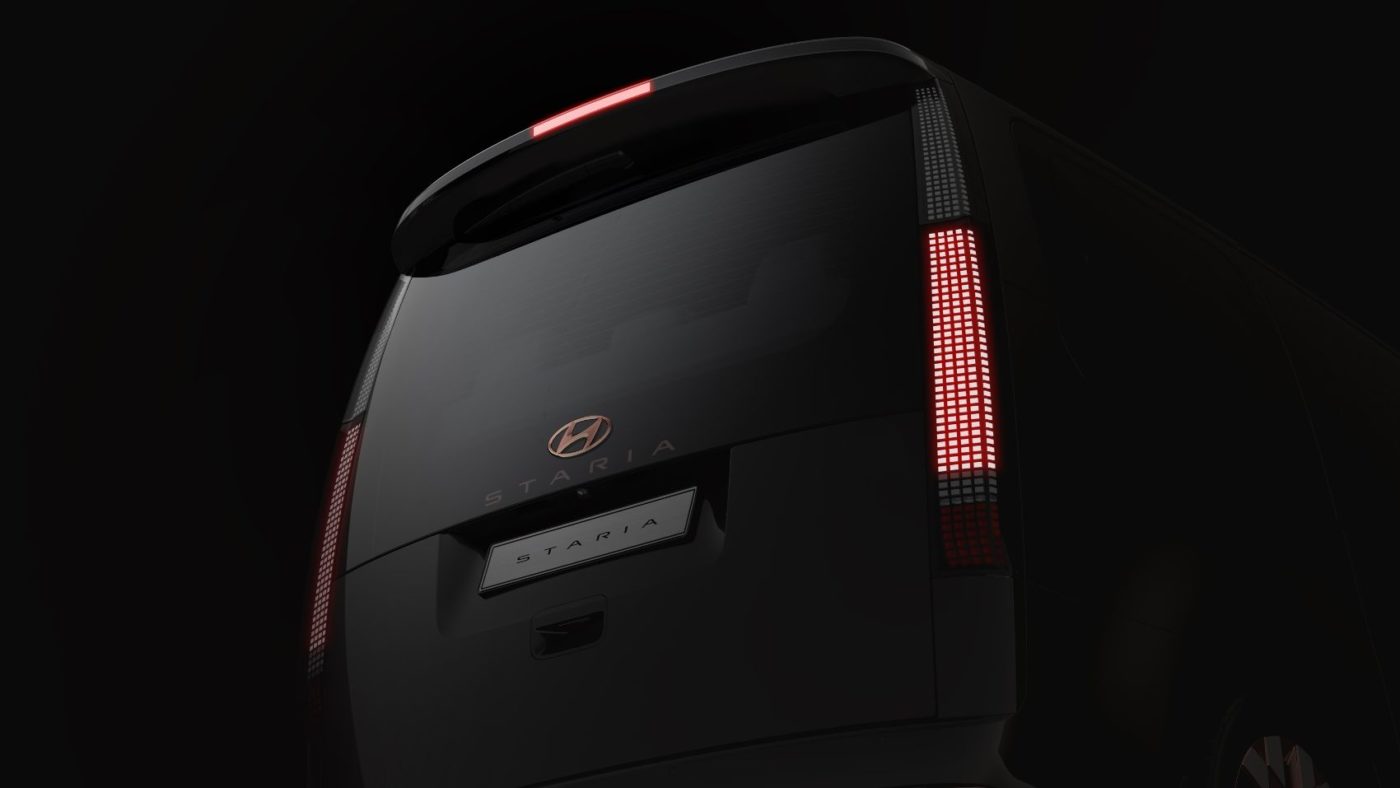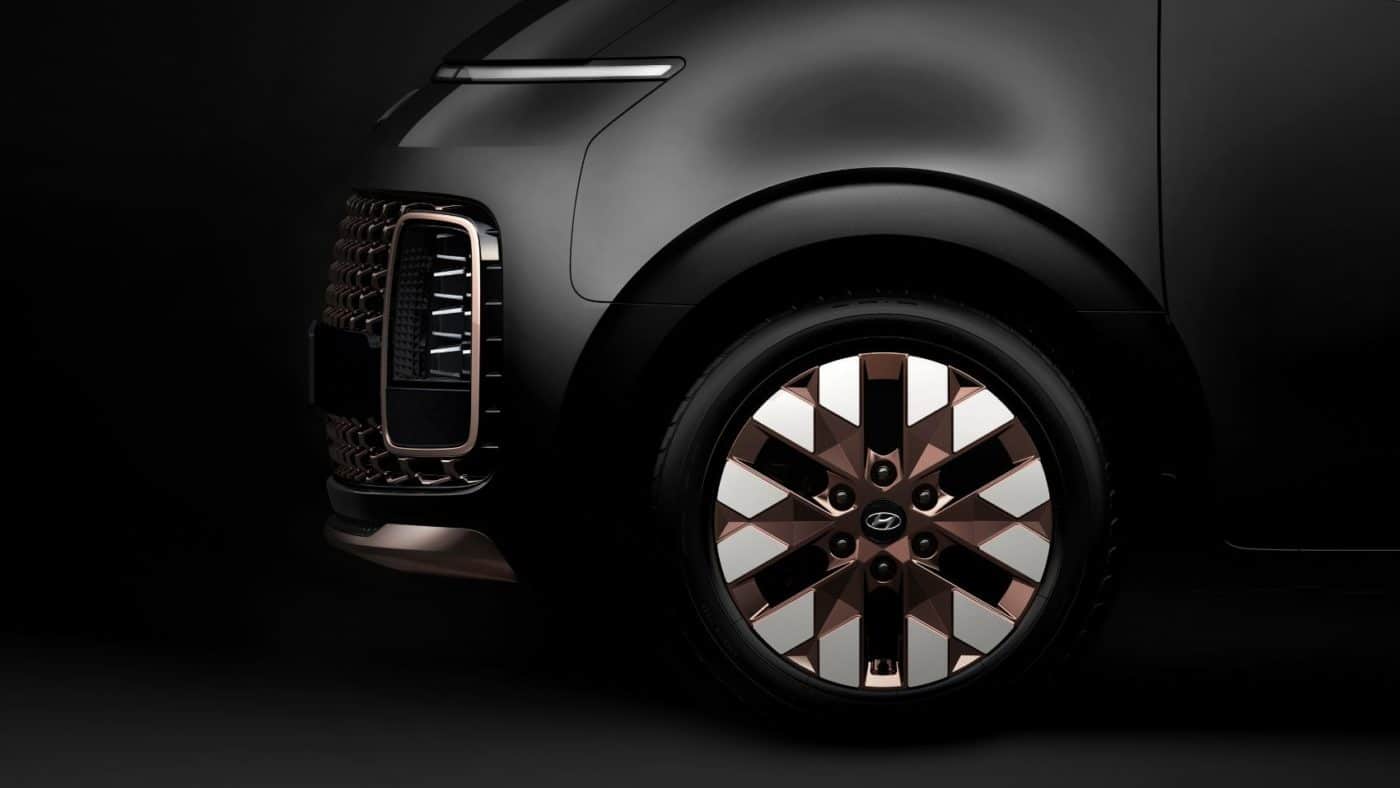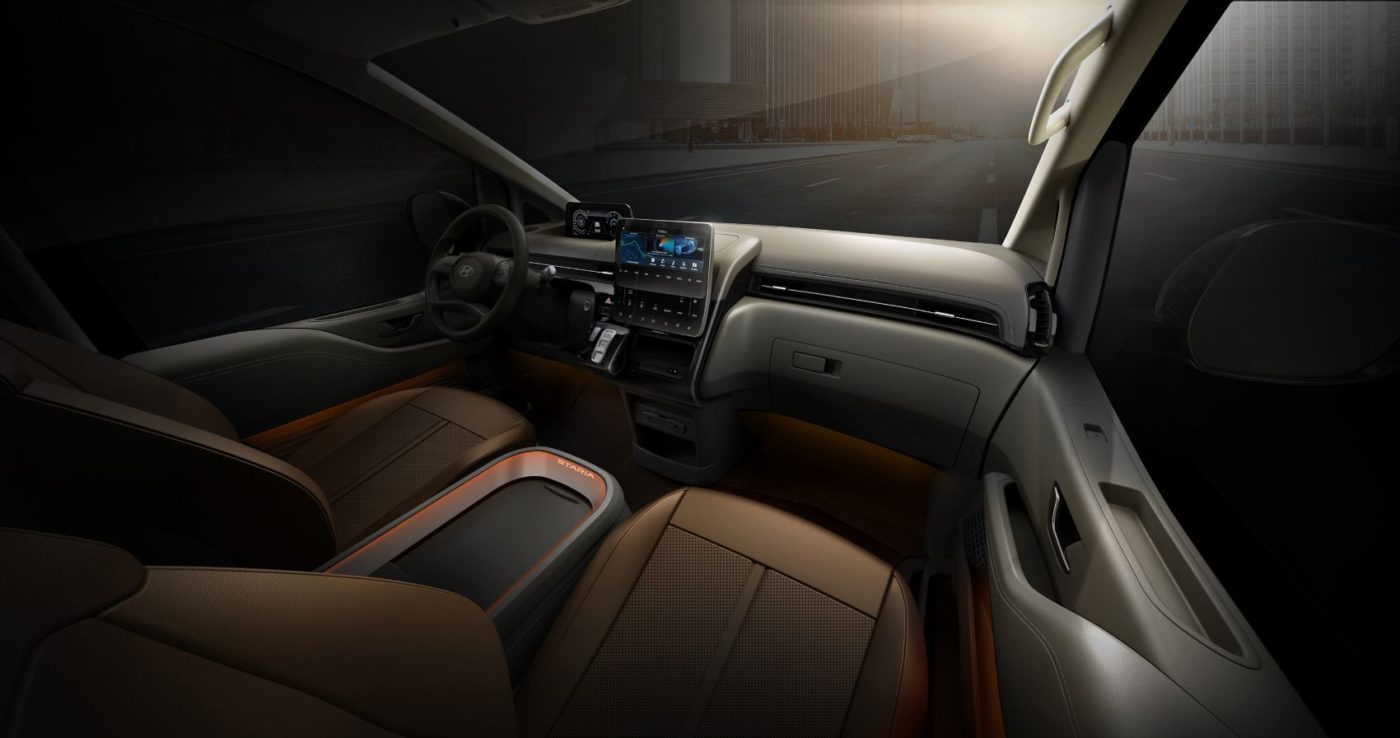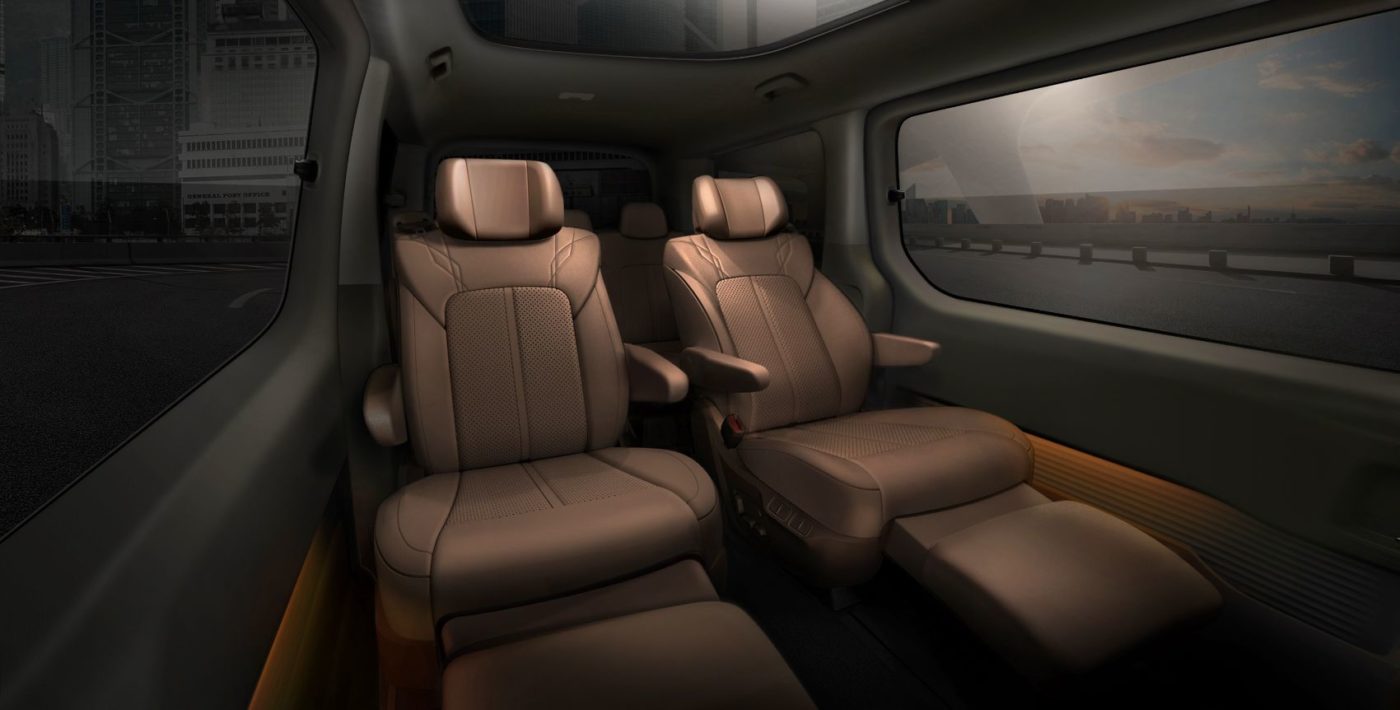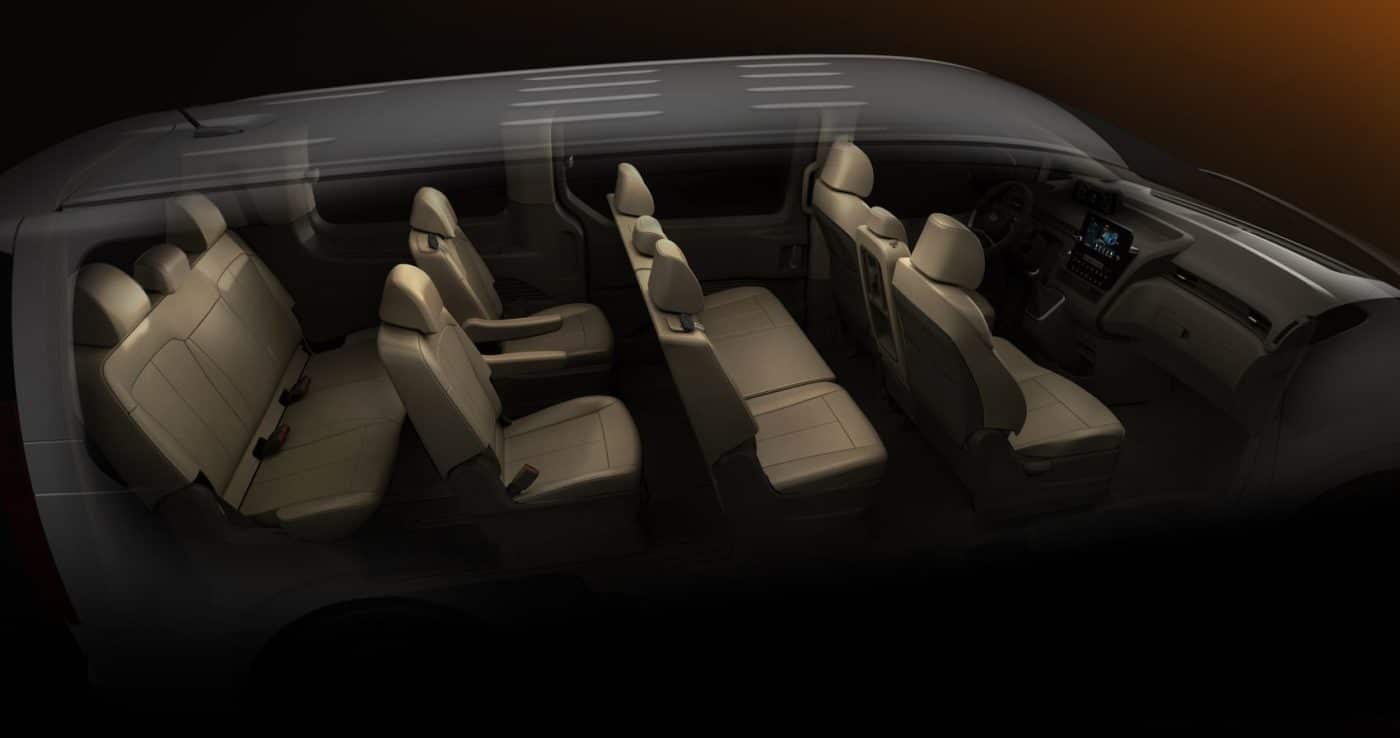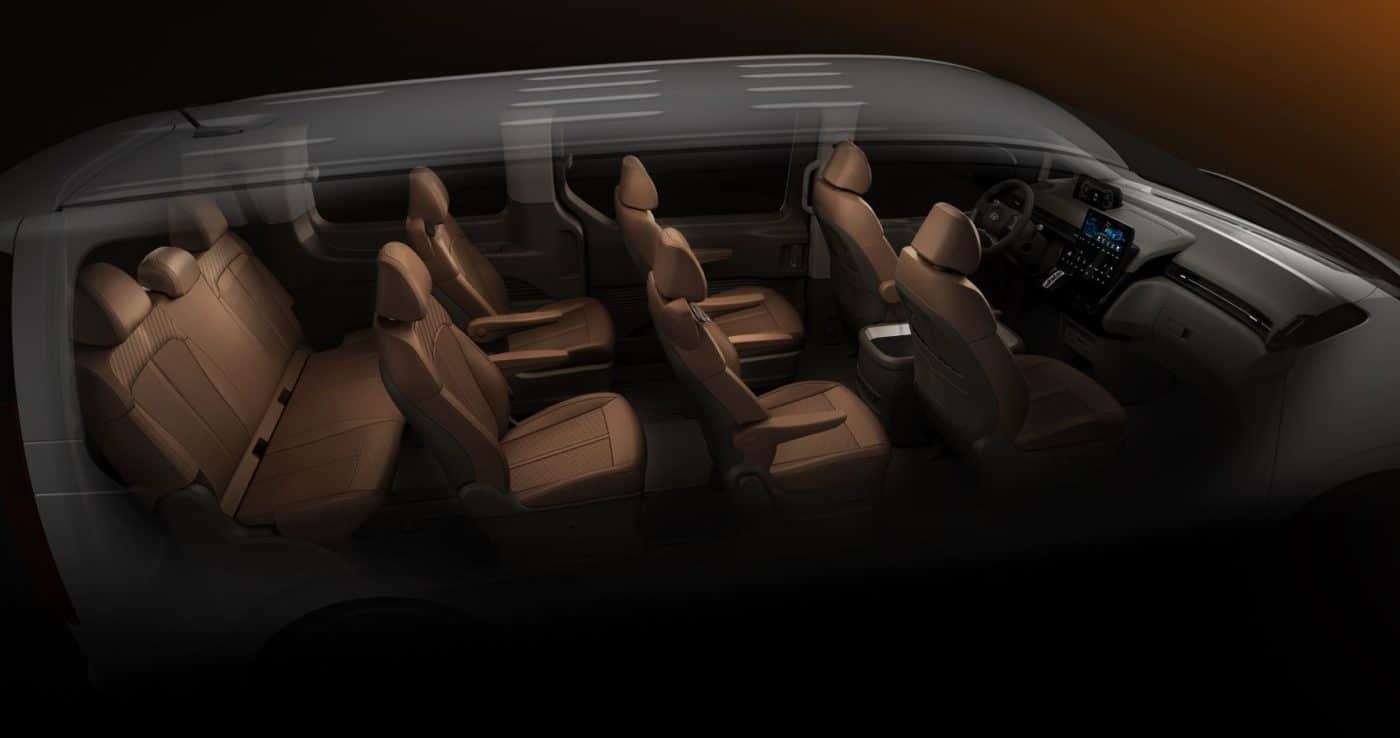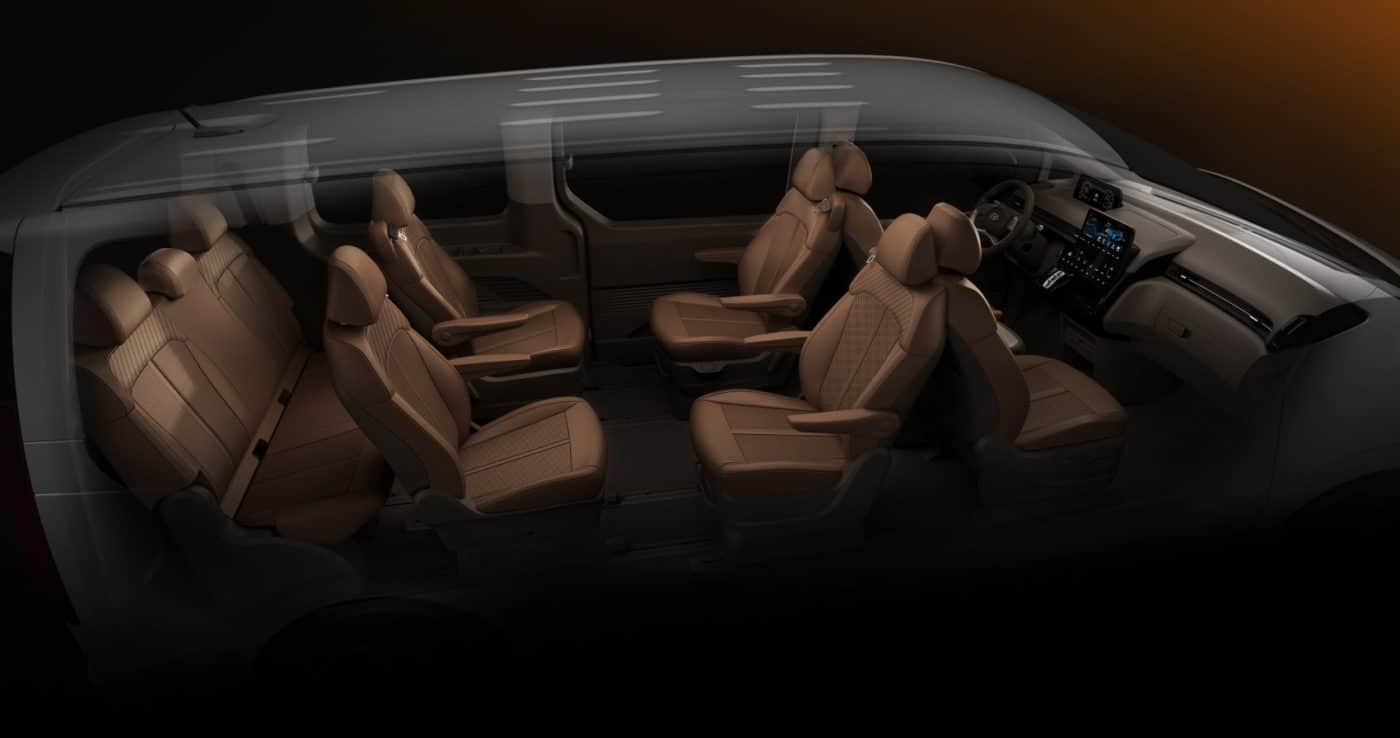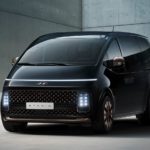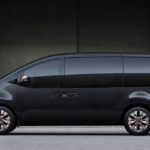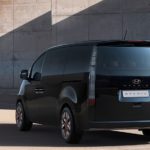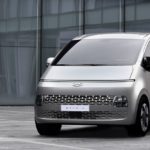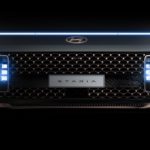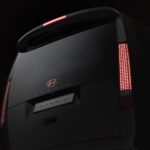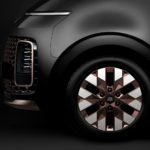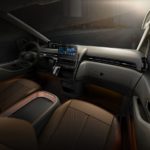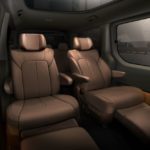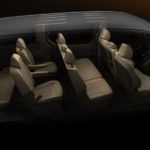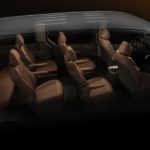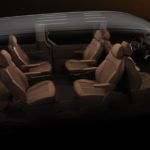The Hyundai STARIA will make its full debut later this year, but Hyundai has shared some pictures with us ahead of time. Described as a multi-purpose vehicle (or “MPV”), the STARIA represents Hyundai’s more holistic vision for future transportation. The STARIA is part of Hyundai’s Progress for Humanity initiative, which means they want to move from being a traditional manufacturer to a “smart mobility solution provider.”
Hyundai STARIA: Goals & Intentions
Hyundai’s goal is to provide something beyond an ordinary, everyday vehicle with the STARIA. As such, the STARIA will accommodate a wide swath of buyers, from individuals and families to business owners and fleet managers. Hyundai says the STARIA is engineered to be more “productive and worthwhile” for potential buyers by offering things like a lounge-inspired interior that prioritizes passenger space.
“STARIA is Hyundai’s first mass-produced vehicle model that is designed with the ‘inside-out’ design approach, explained SangYup Lee, Senior Vice President and Head of Global Hyundai Design. “STARIA will provide a completely new experience and value proposition to customers through its unprecedented design and innovative features.”
Inspired by Cruise Ships
Indeed the spacious interior of the Hyundai STARIA is space-age! Or, if not space-age, definitely nautical by design. Hyundai did take inspiration from cruise ship lounges, evidenced by the lower interior beltlines and expansive panoramic windows. Depending on the configuration, the STARIA will seat either seven or nine with plenty of storage and USB ports for both drivers and passengers.
High-end variants of the seven-seat STARIA will include a “one-touch relaxation mode” for second-row passengers. This mode, according to Hyundai, automatically reclines the seat but uniquely disperses the passenger’s body weight for greater comfort in doing so. Meanwhile, the nine-seater has second-row seats that swivel 180 degrees so occupants can chat with other passengers.
Drivers have access to a 10.25-inch front display, touch-based center fascia, and a button-type electronic shift lever. An additional digital cluster resides on top of the dashboard, although Hyundai says it will not obstruct the driver’s view.
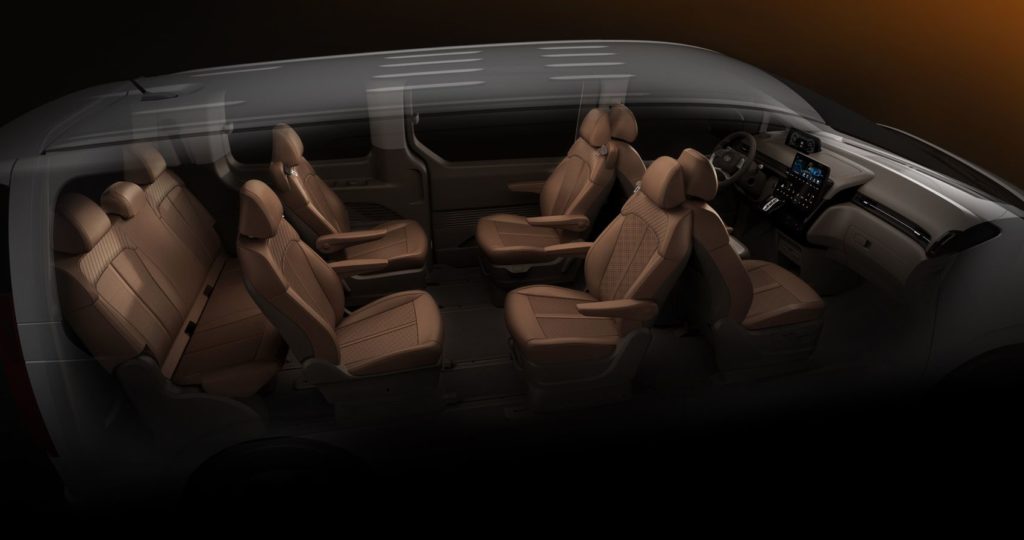
Korean Architectural Style
Just like the inside, the Hyundai STARIA is equally futuristic and fluid in terms of its design. While the interior was modeled after cruise ships, the exterior was inspired by what you might see from such a ship’s deck: the sunrise. According to Hyundai, the halo that illuminates Earth’s horizon during sunrise when viewed from space is the basis for the STARIA’s exterior design.
From there, Hyundai expands on a traditional Korean architectural style known as hanok; a sense of spaciousness that makes passengers feel as if the outside connects to the inside. This is where the lowered beltlines and the panoramic windows from the cruise ship idea come into play. And it’s this “inside-out” approach that Hyundai hopes will resonate with future buyers.
Exterior features include horizontal daytime running lights, a wide radiator grille with low-set headlamps, vertical taillamps, and a lower rear bumper to make cargo loading easier. The STARIA Premium includes 18-inch wheels and full-LED headlamps with chrome trim, among other fancy exterior treatments. Interior ambient lighting (with 64 colors!) is also available for the STARIA Premium.
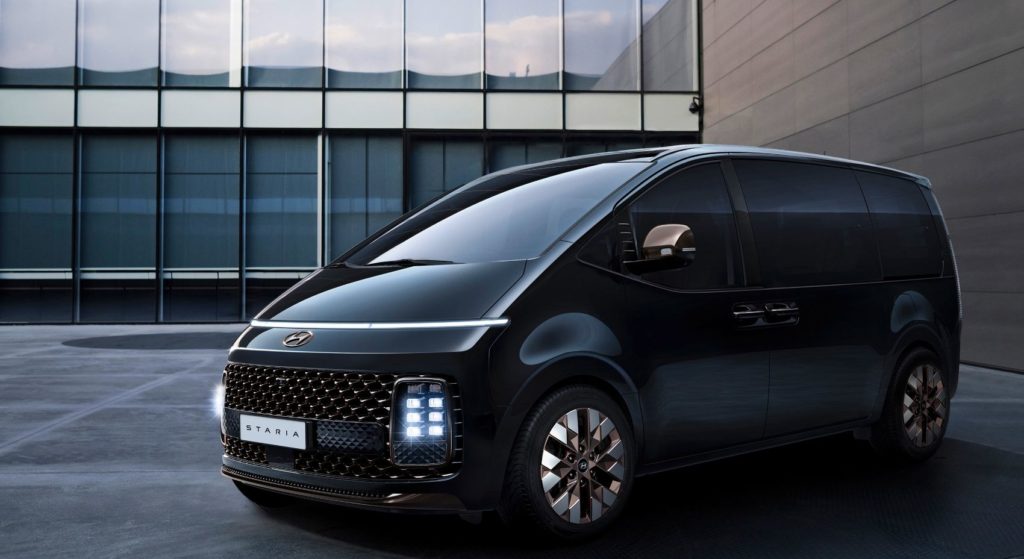
STARIA Meaning
The name is a combination of two words, Star and Ria. The Oxford Advanced American Dictionary defines Ria as a long narrow area of water formed when a river valley floods.
Pricing & Availability
The Hyundai STARIA will make its digital world premiere later this year. Pricing information is still forthcoming. An 11-seat STARIA will also debut, but that variant will only be available in Korea.
Carl Anthony is Managing Editor of Automoblog and a member of the Midwest Automotive Media Association and the Society of Automotive Historians. He serves on the board of directors for the Ally Jolie Baldwin Foundation, is a past president of Detroit Working Writers, and a loyal Detroit Lions fan.
Photos & Source: Hyundai Motor Company.

